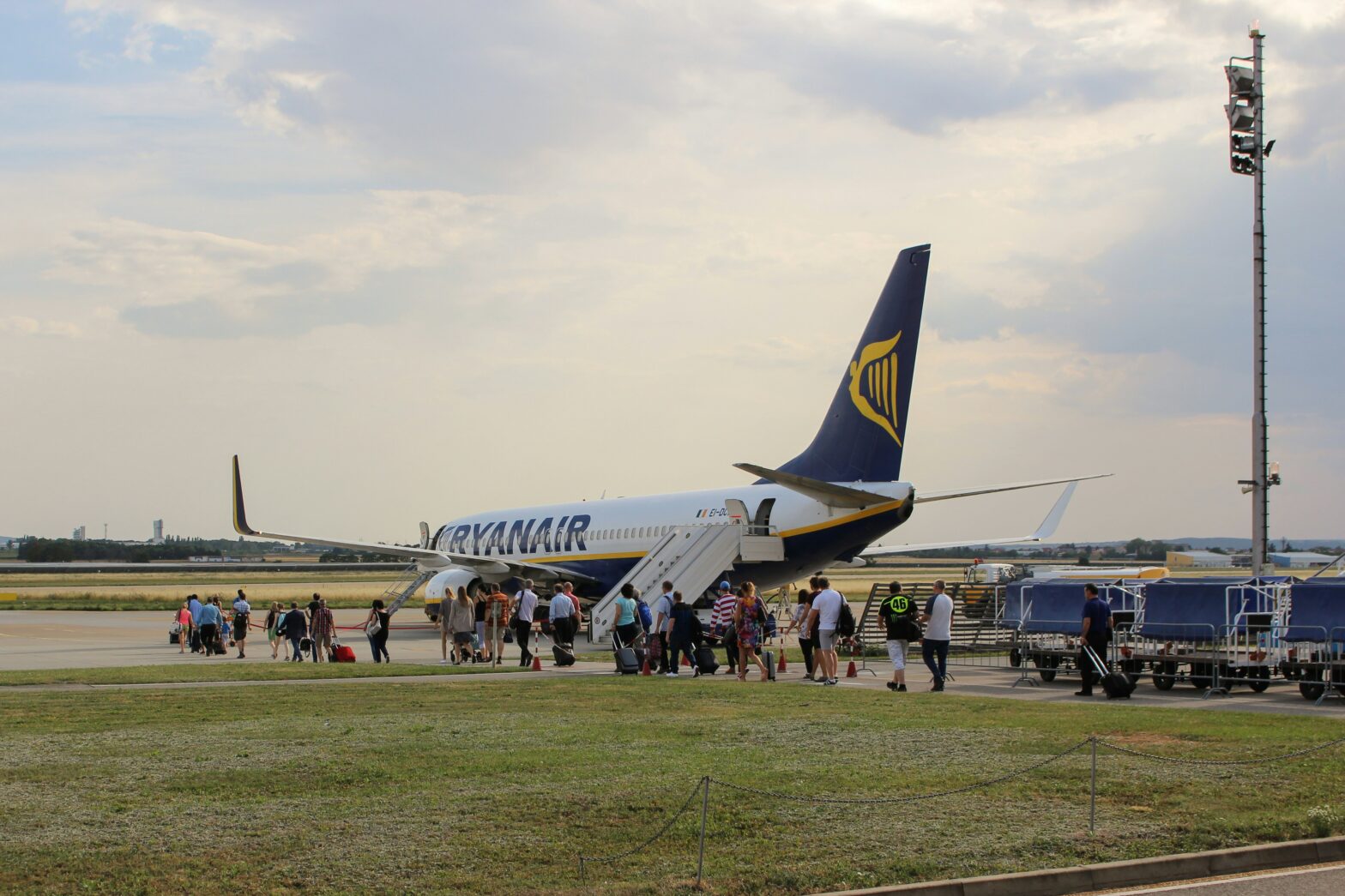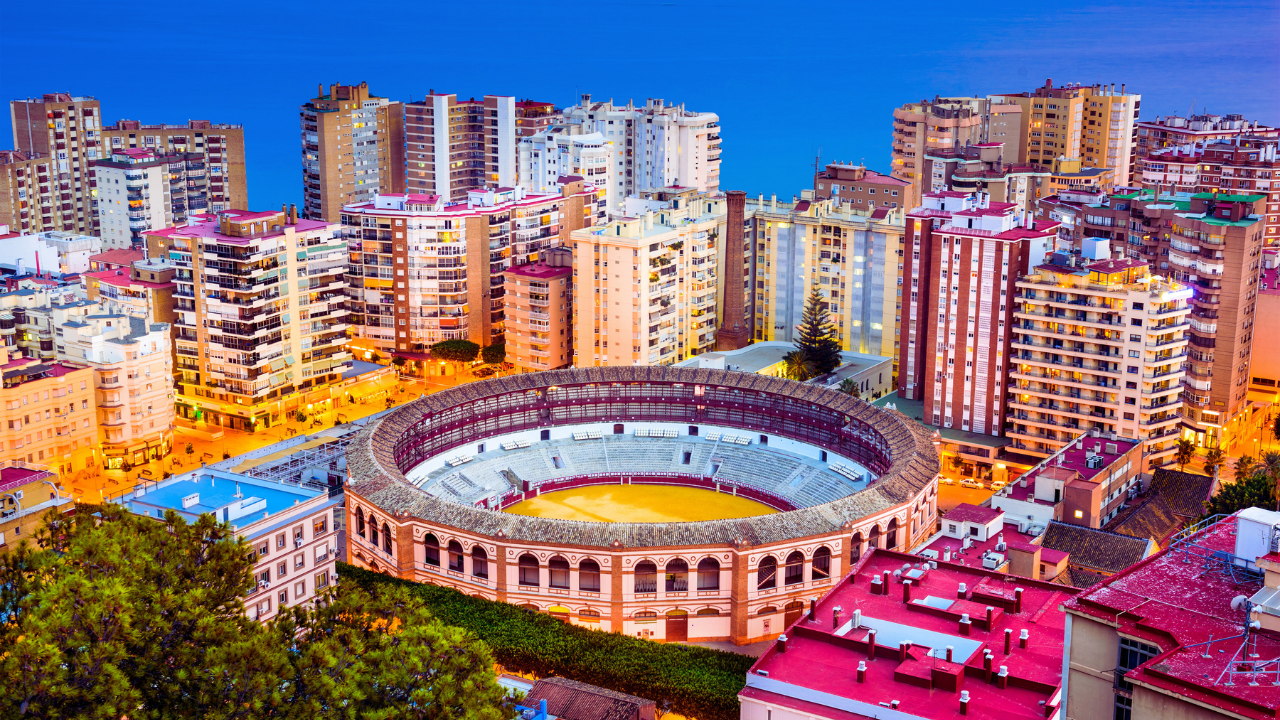Standing proudly at 49 meters on the shores of Dakar, Senegal, the African Renaissance Monument is a colossal masterpiece designed by Senegalese sculptor Ousmane Sow. Opened to the public in 2010, this iconic structure reaches towards the skies, overlooking the vastness of the Atlantic Ocean. Beyond its physical presence, the monument is a powerful symbol of resilience, strength, and unity. It encapsulates the spirit of a continent that rises above its colonial past and strives for an empowered future.
Ideals of the African Renaissance: Pan-African Philosophy Unveiled
At its core, the African Renaissance Monument embodies the profound ideals of the African Renaissance, a Pan-African philosophical and political ideology that gained momentum in the 21st century. The philosophy, inspired by the intellectual insights of Senegalese visionaries Cheikh Anta Diop and Léopold Sédar Senghor, represents Africa’s transformative journey from the shackles of colonialism to a new era of rebirth.
The inauguration of the Senegalese National Monument took place on April 3, 2010. It occurred during the 30th edition of the World Festival of Black Art. This momentous occasion underscored the global significance of the monument. President Abdoulaye Wade passionately emphasized its role in resisting racism and composed the Anthem for the African Renaissance. The giant statue, with its immersive features including the main square, Hall of Kings, fresco, and exhibition spaces, becomes not just a physical structure but a living testament to the ideals it represents.
Controversy and Construction
Behind the grandeur lies a tale of controversy and economic challenges. President Wade initiated the project in 2002, a period marked by Senegal’s economic crisis. With one of the lowest GDP per capita globally and over half the population living below the national poverty line, the estimated $27 million cost of the monument raised controversy. Opposition leader Abdoulaye Bathily criticized the seemingly extravagant expenditure. In many moments, he highlighted the stark contrast with the economic challenges faced by the country.
The controversy deepened as 27 hectares of public-owned land was transferred to Mbackiyou Faye, a prominent businessman within Senegalese society. Faye, in turn, sold the land under favorable conditions to the Senegalese government. This convoluted funding process raised questions about governance, especially in a nation where a significant portion of the population lives just above the poverty line.
Remarkably, the monument was constructed by North Korea’s Mansudae Overseas Project Group of Companies. This collaboration underscored the complexities of international relationships during that period. President Wade exchanged a considerable portion of state-owned land for North Korean funding, estimated at $27 million. This association is often seen as a remnant of the 1960s when North Korea sought alliances with newly independent African states.
Legacy and Global Significance: An Enduring Symbol
Despite the controversy surrounding its construction, the African Renaissance Monument remains a symbol of African resistance. The statue in Dakar draws parallels with iconic structures like the Eiffel Tower, Statue of Liberty, and Christ the Redeemer. Intellectuals such as historian Mamadou Diouf, Souleymane Bachir Diagne, and Guinean historian Djibri Tamsir Niane have endorsed its significance. For them, the monument is more than a static structure. Its immersive experience unfolds through various elements, attracting a diverse range of visitors annually. It stands as a testament to Africa’s enduring spirit and the intricate dance between history, identity, and progress.





